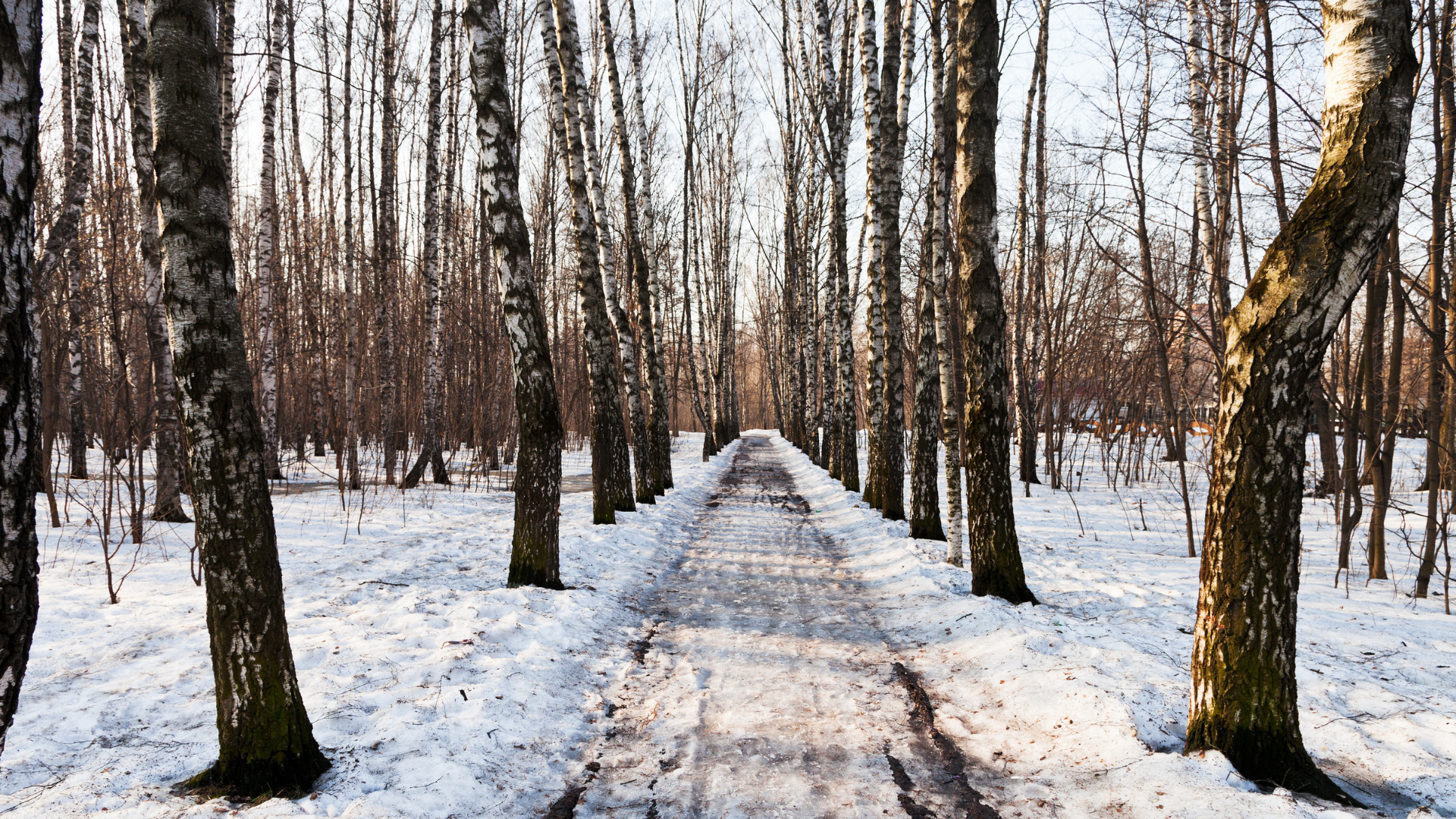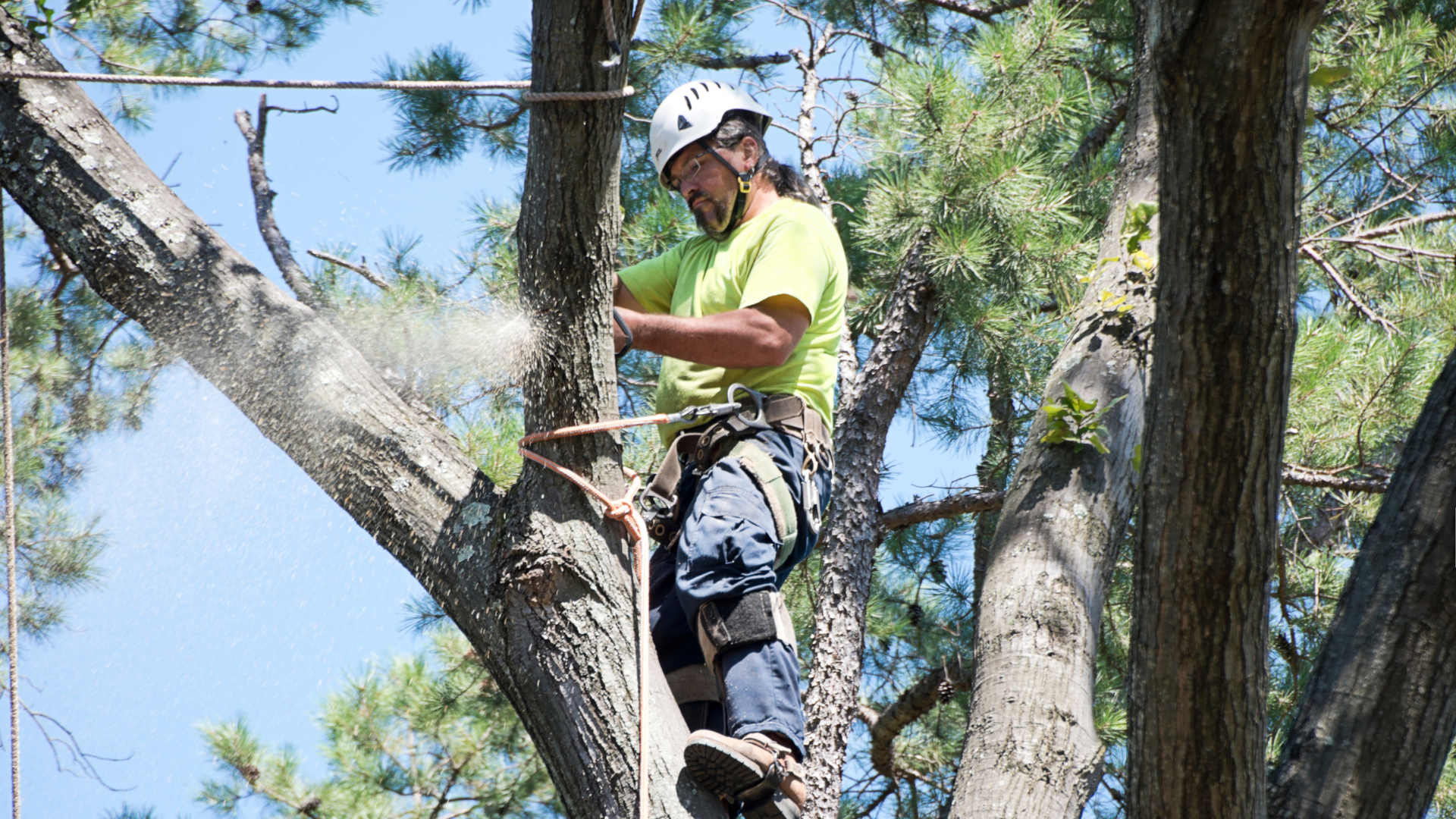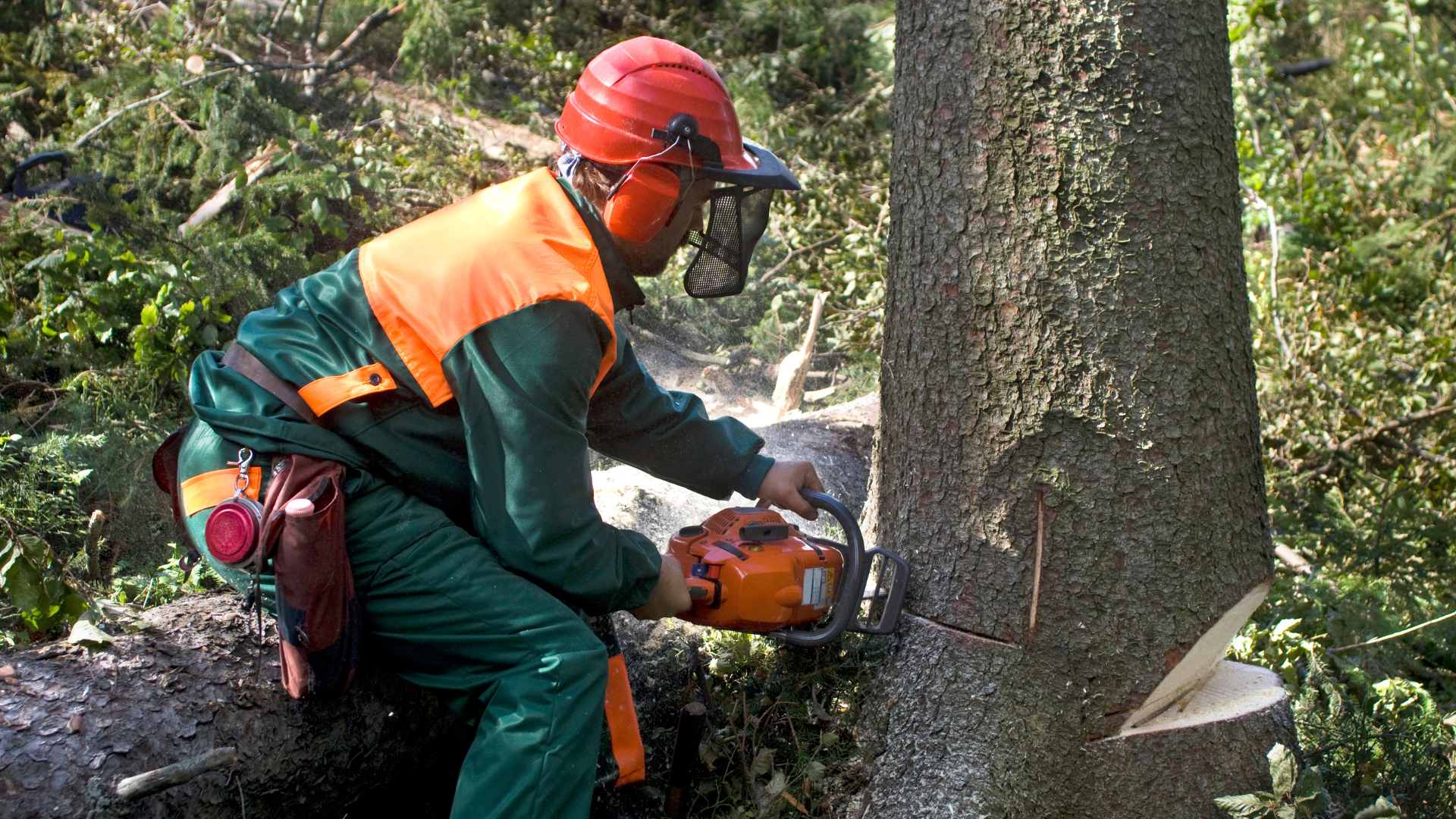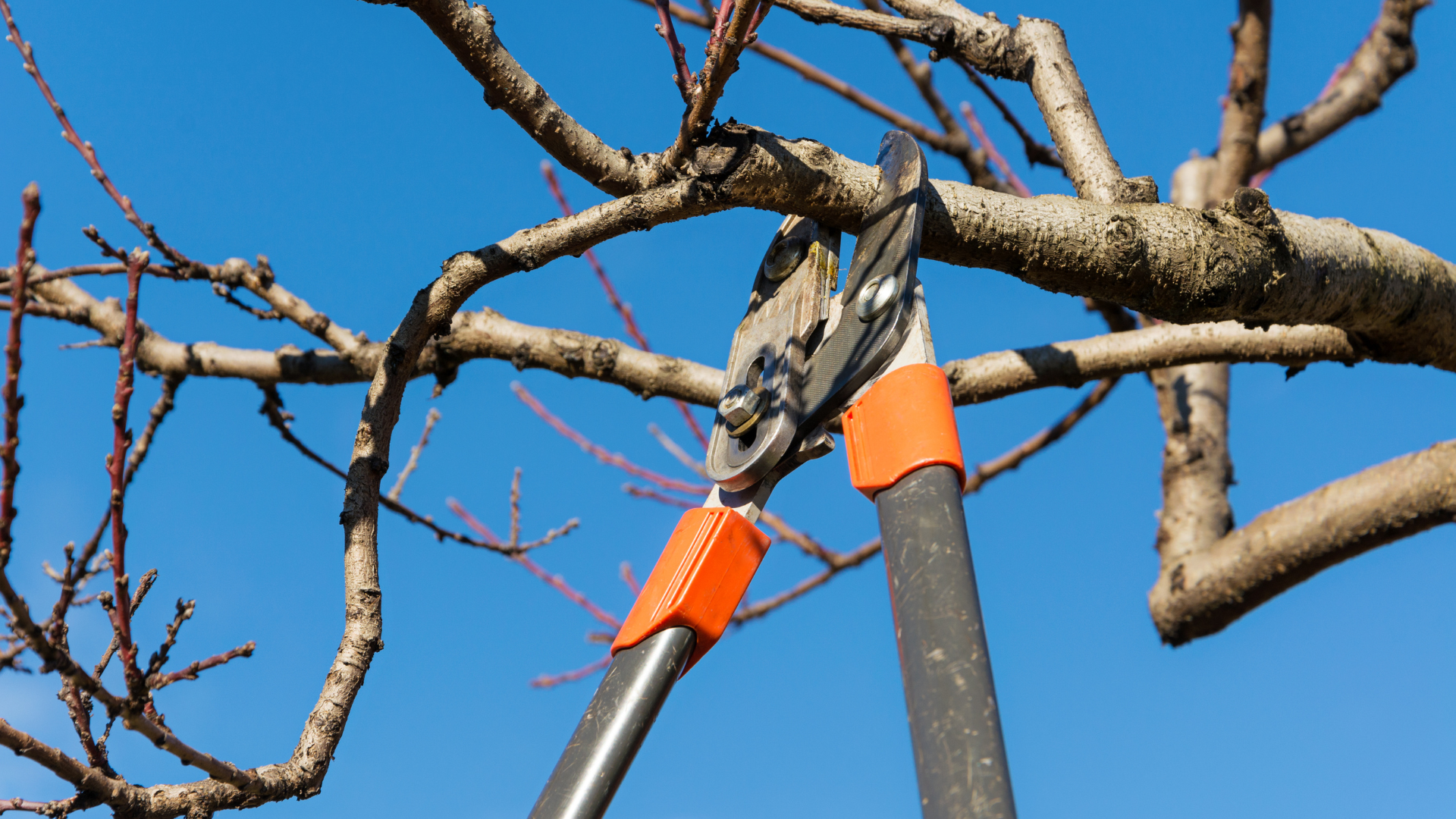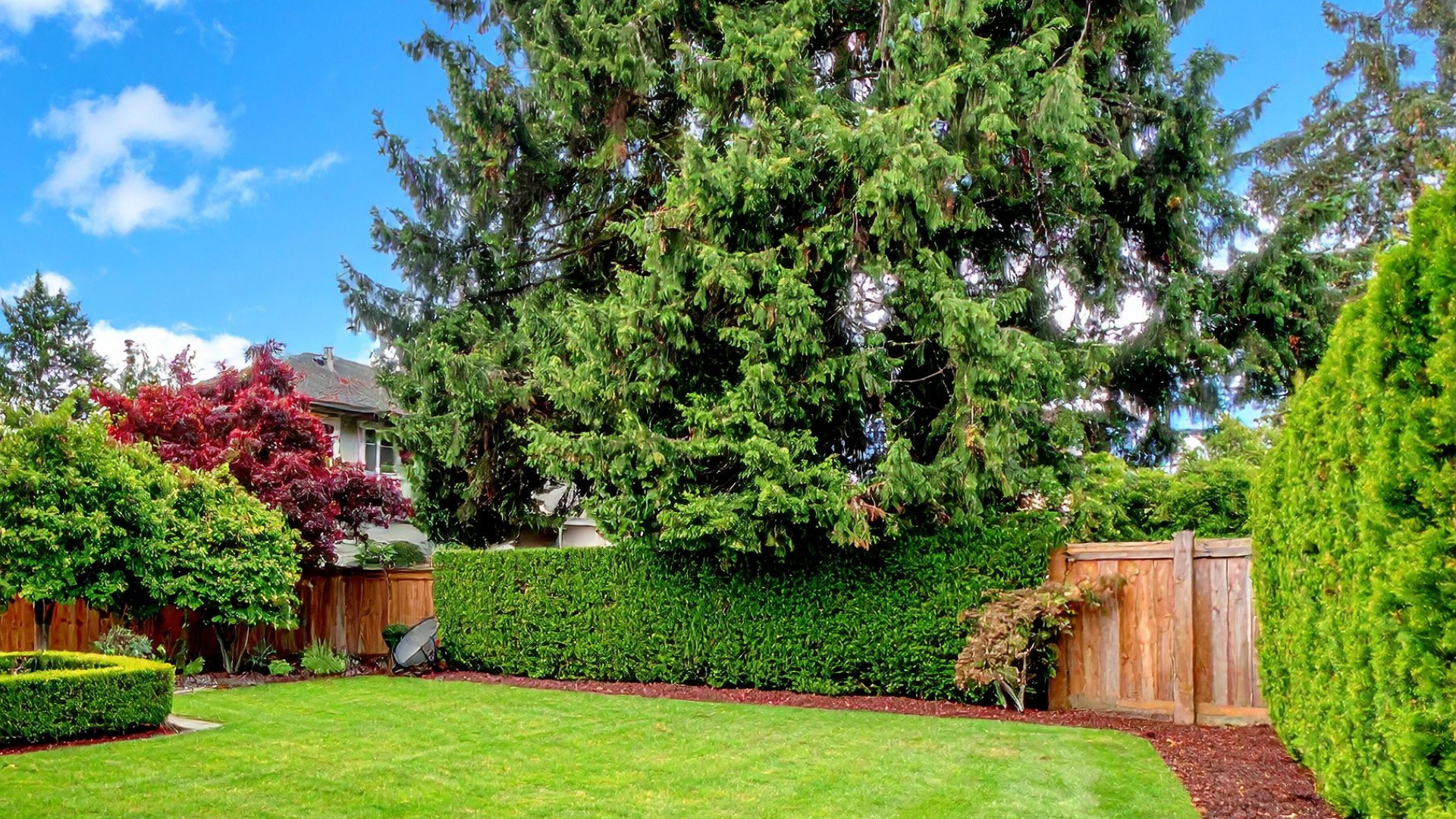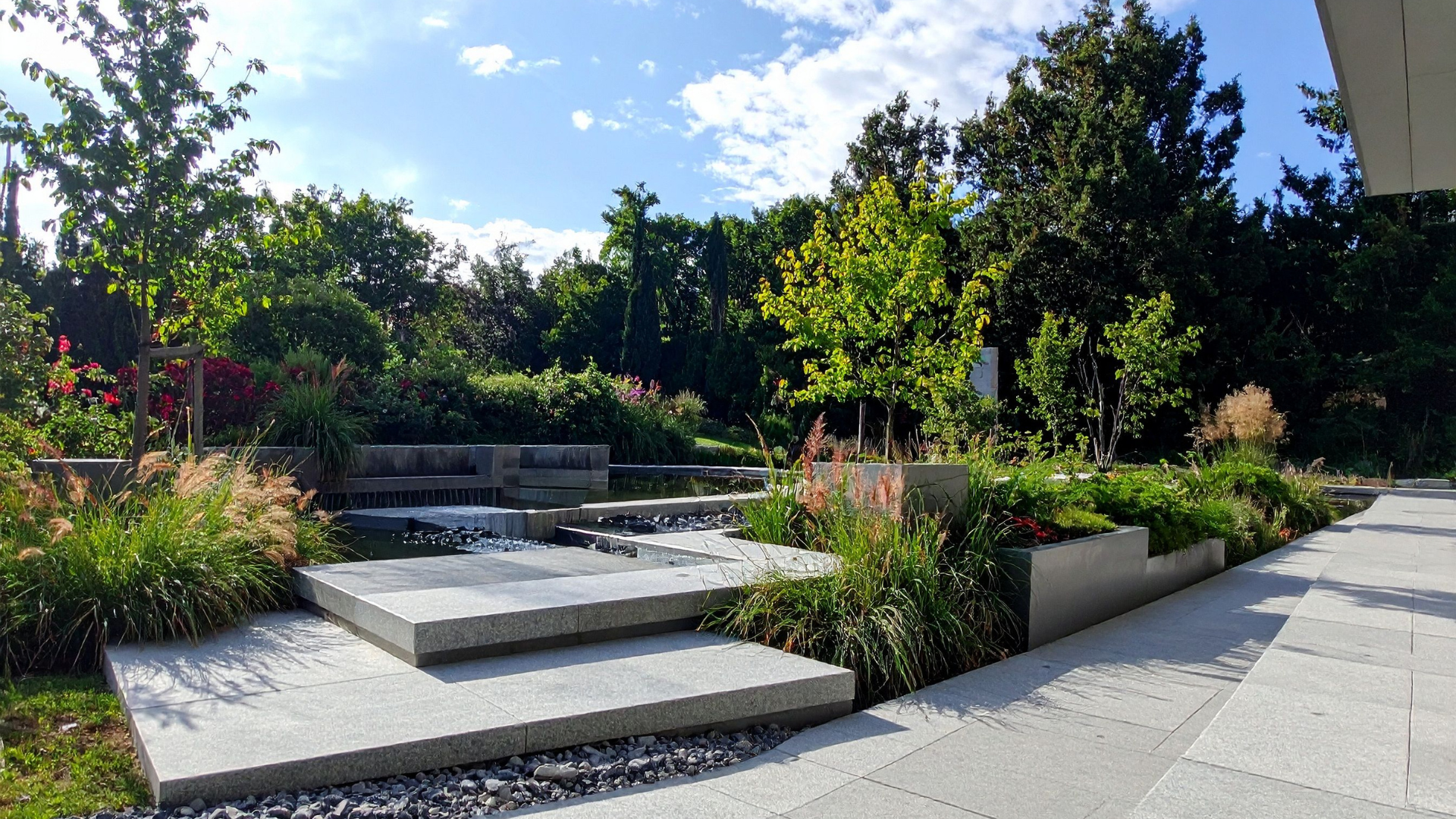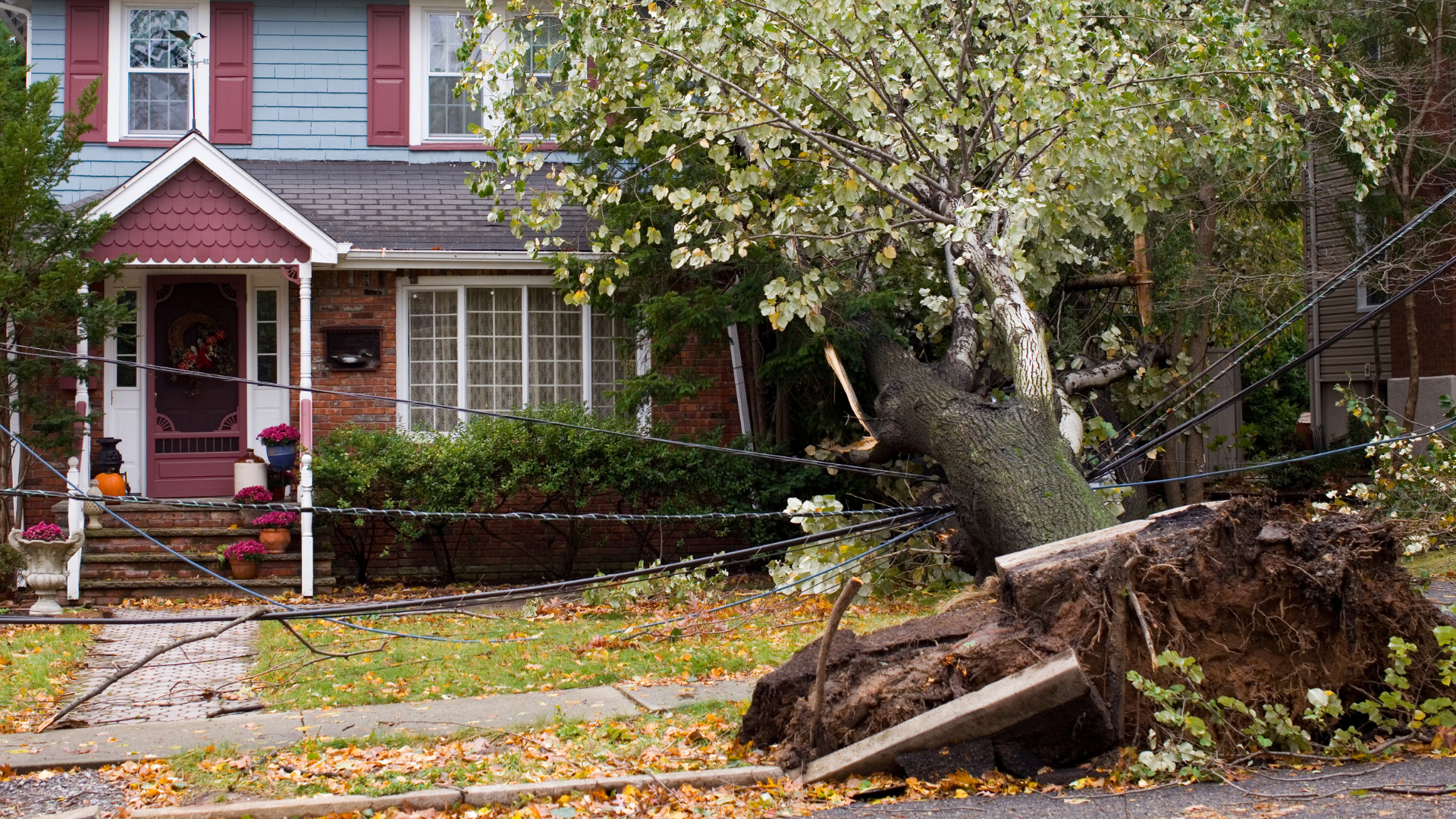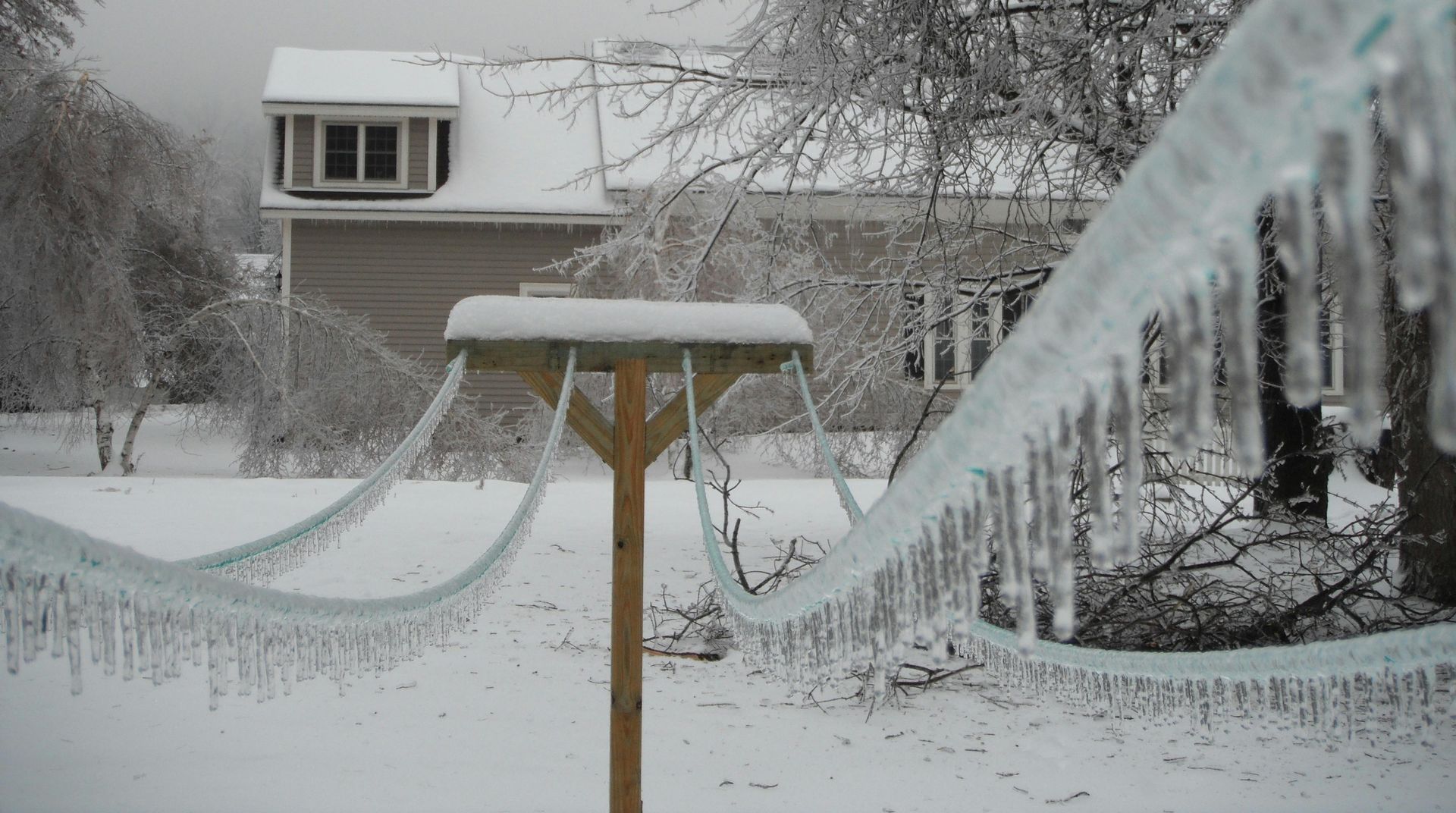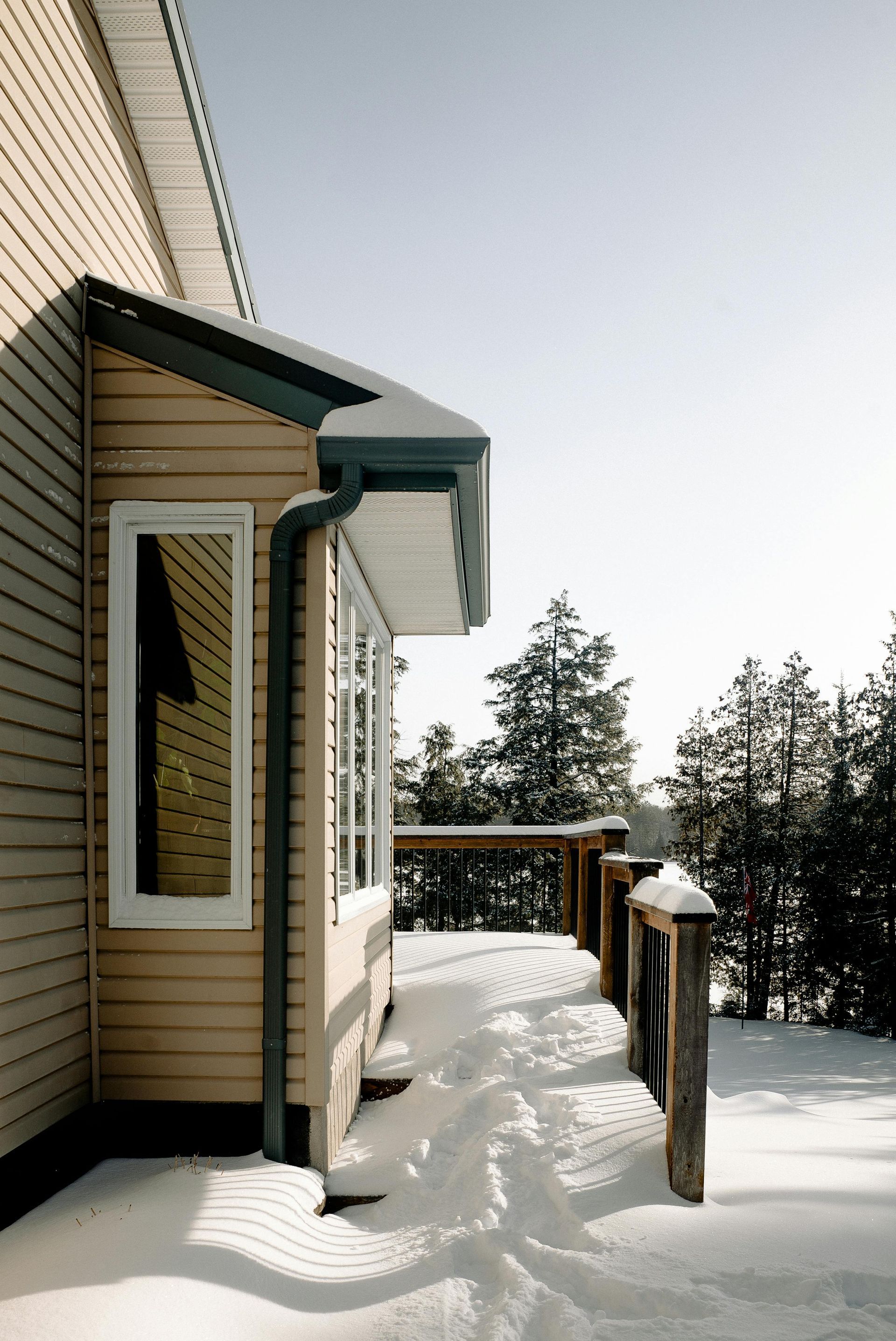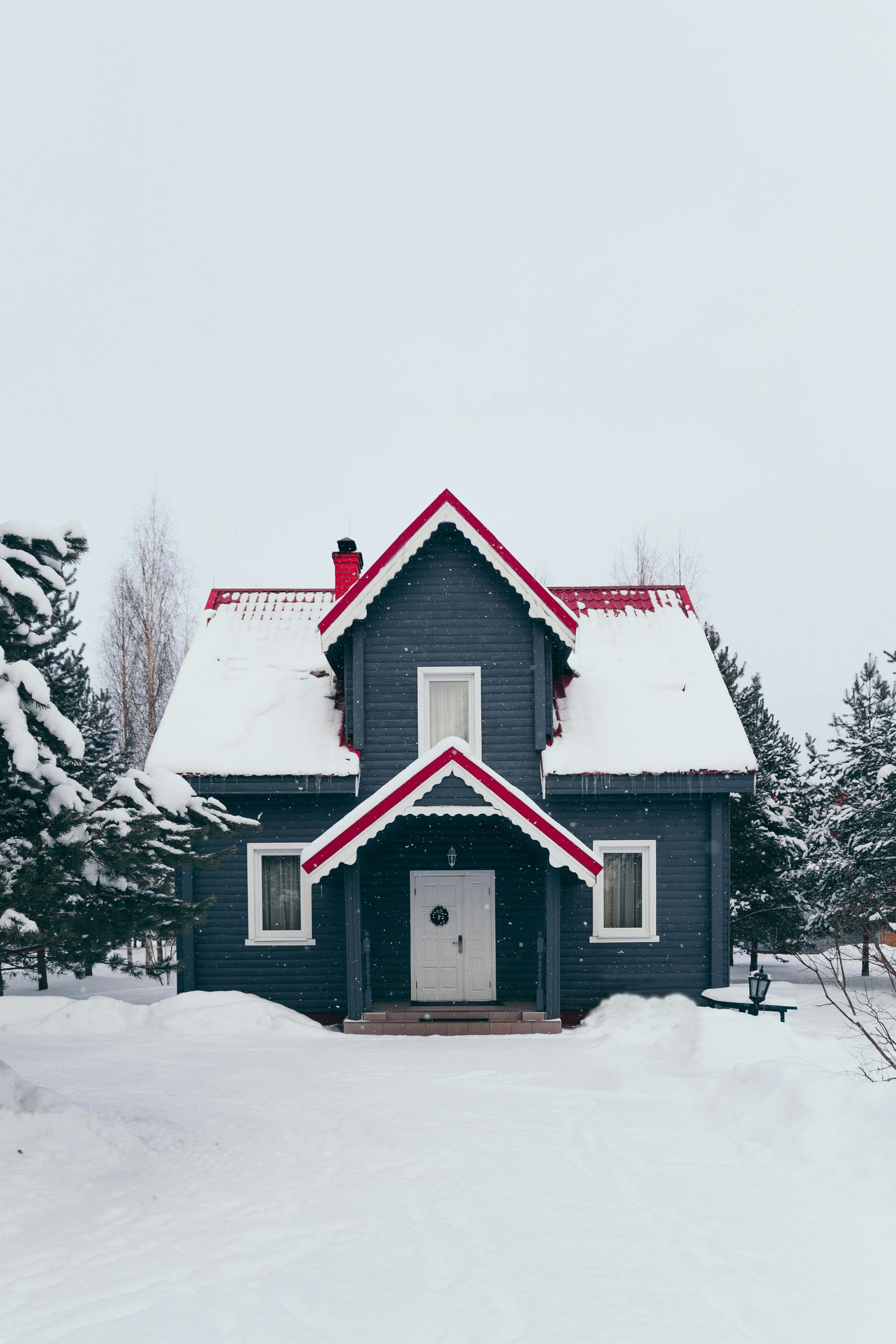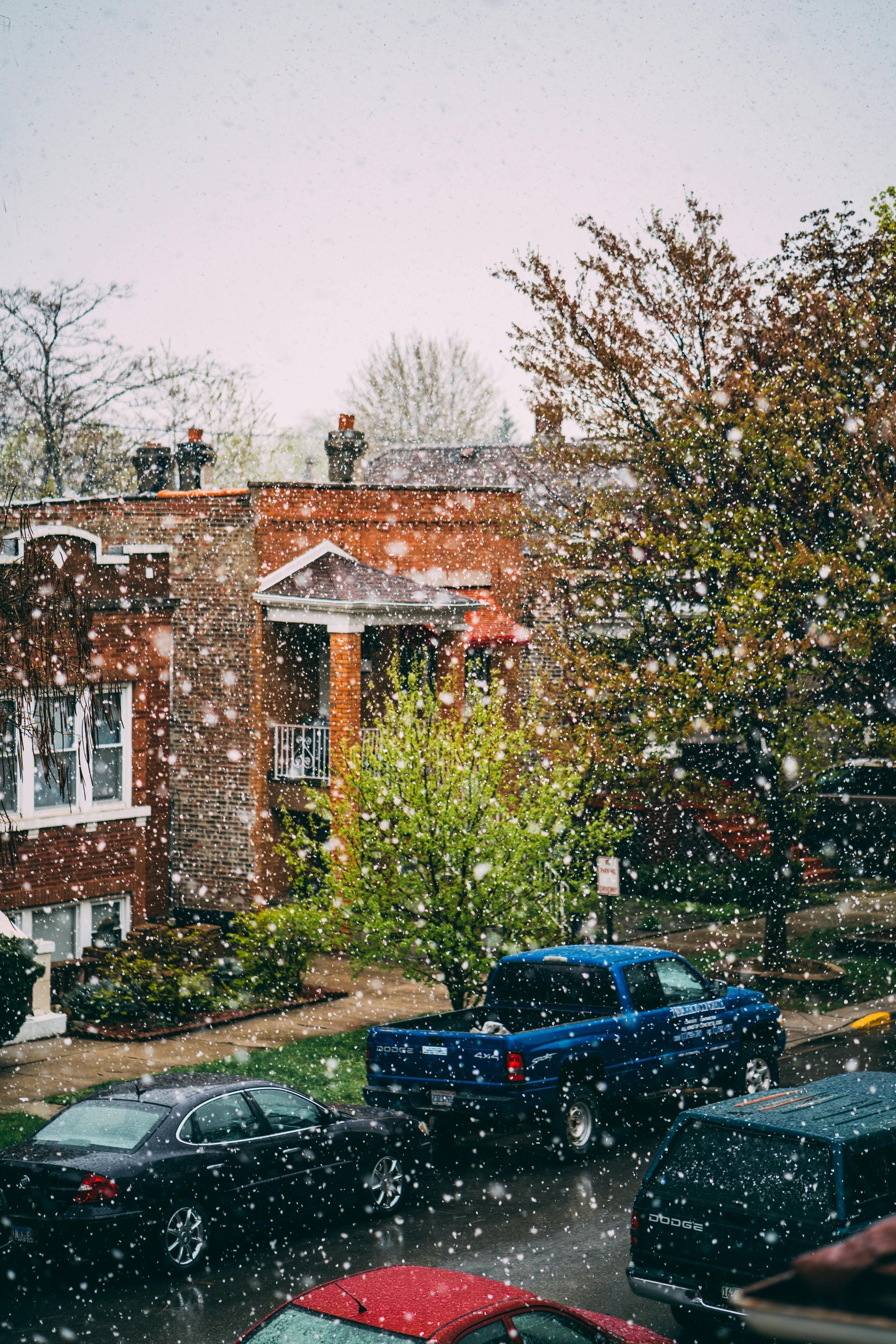How to Prepare Trees for Heavy Snowfall Before Winter Hits
Don’t Wait for a Fall
As Midwest winters approach, homeowners face the annual challenge of protecting their property from extreme weather. While much attention is paid to snow removal and roof maintenance, trees often go overlooked until a limb crashes down or an entire tree topples under the weight of snow and ice. Proper tree preparation is essential not only for the health of your landscape but also for the safety of your home and family.
At Midwest Tree Surgeons, we believe proactive care is the best strategy for protecting your trees and avoiding costly damage during the winter months. Here is what you need to know.
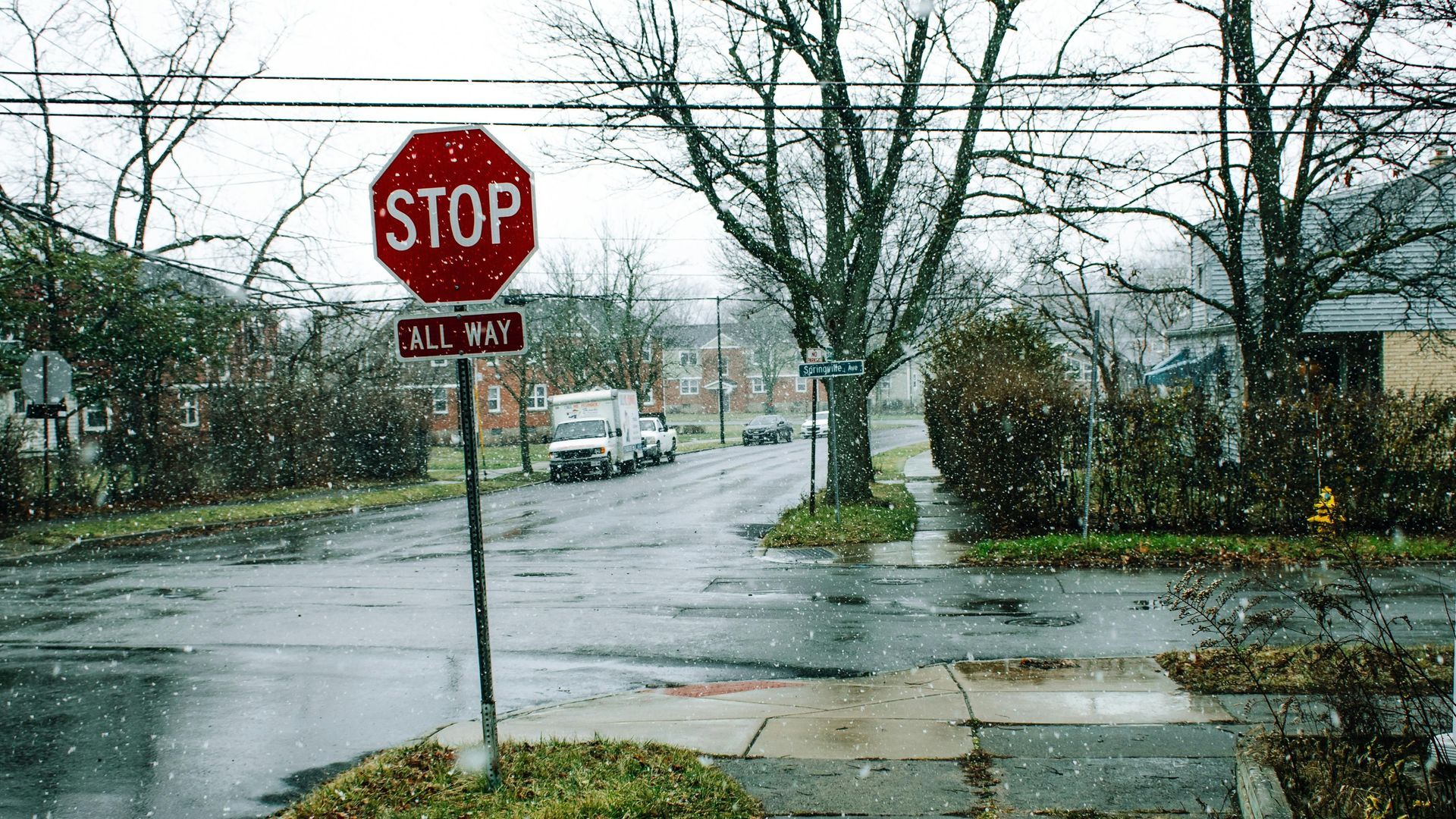
The Dangers of Winter Weather for Trees
Heavy snowfall, ice storms, and high winds put significant stress on trees. Ice accumulation can add hundreds of pounds of extra weight to limbs. Snow-laden branches may sag or snap, and frozen ground can make root systems unstable, especially in weakened or shallow-rooted trees.
These conditions increase the risk of falling limbs, downed trees, and property damage. Trees in poor health or with structural vulnerabilities are especially at risk. That is why preparing now, before the first frost sets in, is crucial.
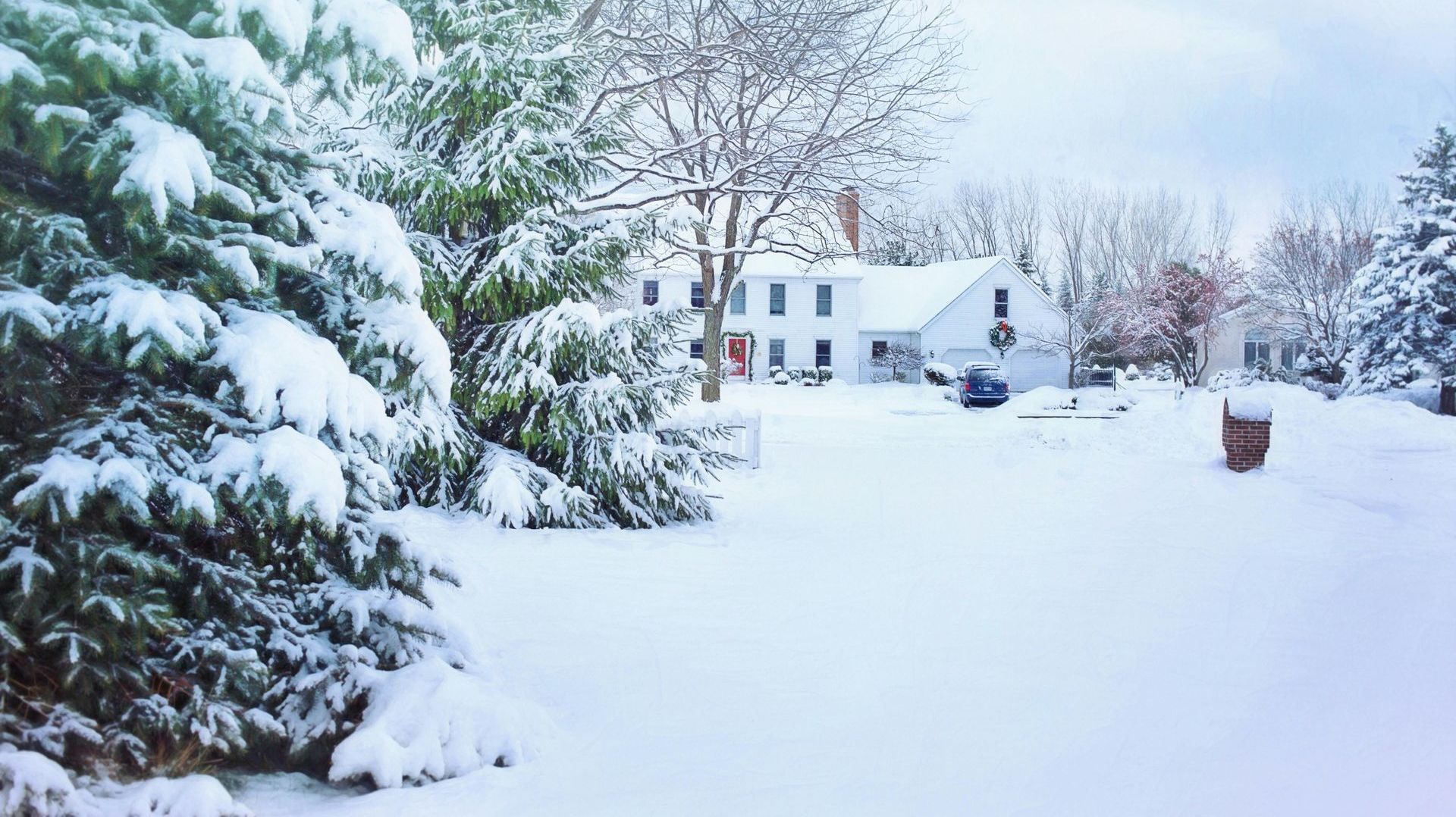
Step One: Inspect for Structural Weakness
A certified arborist can assess the structural integrity of your trees and identify potential problem areas. Things to watch for include:
- Cracked limbs or visible splits in the trunk
- Leaning trees or exposed roots
- Dead or decaying branches
- Heavy limb overhangs near your home, driveway, or power lines
If any of these issues are present, addressing them before winter reduces the likelihood of serious damage when the weather turns severe.
Step Two: Prune for Strength and Balance
Strategic pruning lightens the canopy and reduces the chances of limb breakage. By removing dead, diseased, or poorly attached branches, arborists improve both the tree’s appearance and its stability. Pruning also helps improve air circulation and ensures that snow does not accumulate unevenly on dense or tangled limbs.
Avoid the temptation to over-prune or take on the job yourself. Improper cuts can create wounds that invite pests and disease or weaken the tree further. Professional pruning ensures that the tree remains balanced and healthy heading into winter.
Step Three: Cable or Brace High-Risk Limbs
Some trees have branches or trunks that are too valuable or prominent to remove but still pose a risk. In these cases, arborists may recommend cabling or bracing, techniques that provide structural support to vulnerable limbs or multi-trunked trees. These systems distribute the weight of snow and reduce the strain on weak points, allowing the tree to withstand winter conditions without failing.
Step Four: Mulch and Water Before the Ground Freezes
While it might seem counterintuitive, trees still need moisture going into winter. Dry roots are more susceptible to cold injury, especially in young or recently transplanted trees. Deep watering before the ground freezes can help.
A layer of organic mulch around the base of the tree helps insulate the roots and retain soil moisture. Just be careful to keep mulch a few inches away from the trunk to avoid rot and pest issues.
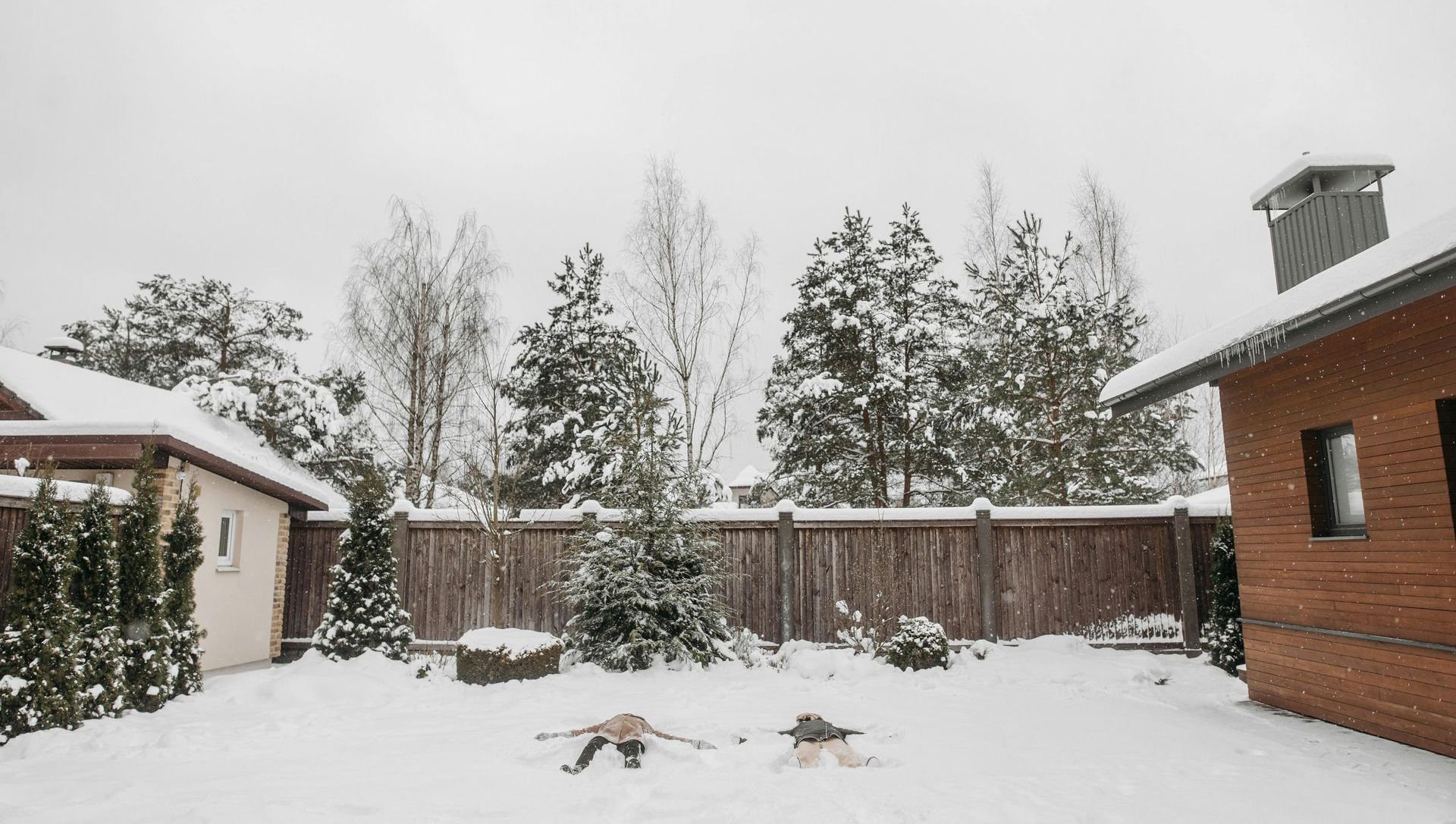
Step Five: Remove Trees That Cannot Be Saved
In some cases, the safest option is full removal. Trees that are dead, severely damaged, or leaning dangerously should be professionally removed before they come down during a storm. Midwest Tree Surgeons offers safe, efficient removals with minimal disruption to your property.
Removing high-risk trees before winter can prevent serious damage to homes, vehicles, and nearby trees. It can also make room for new plantings when spring arrives.
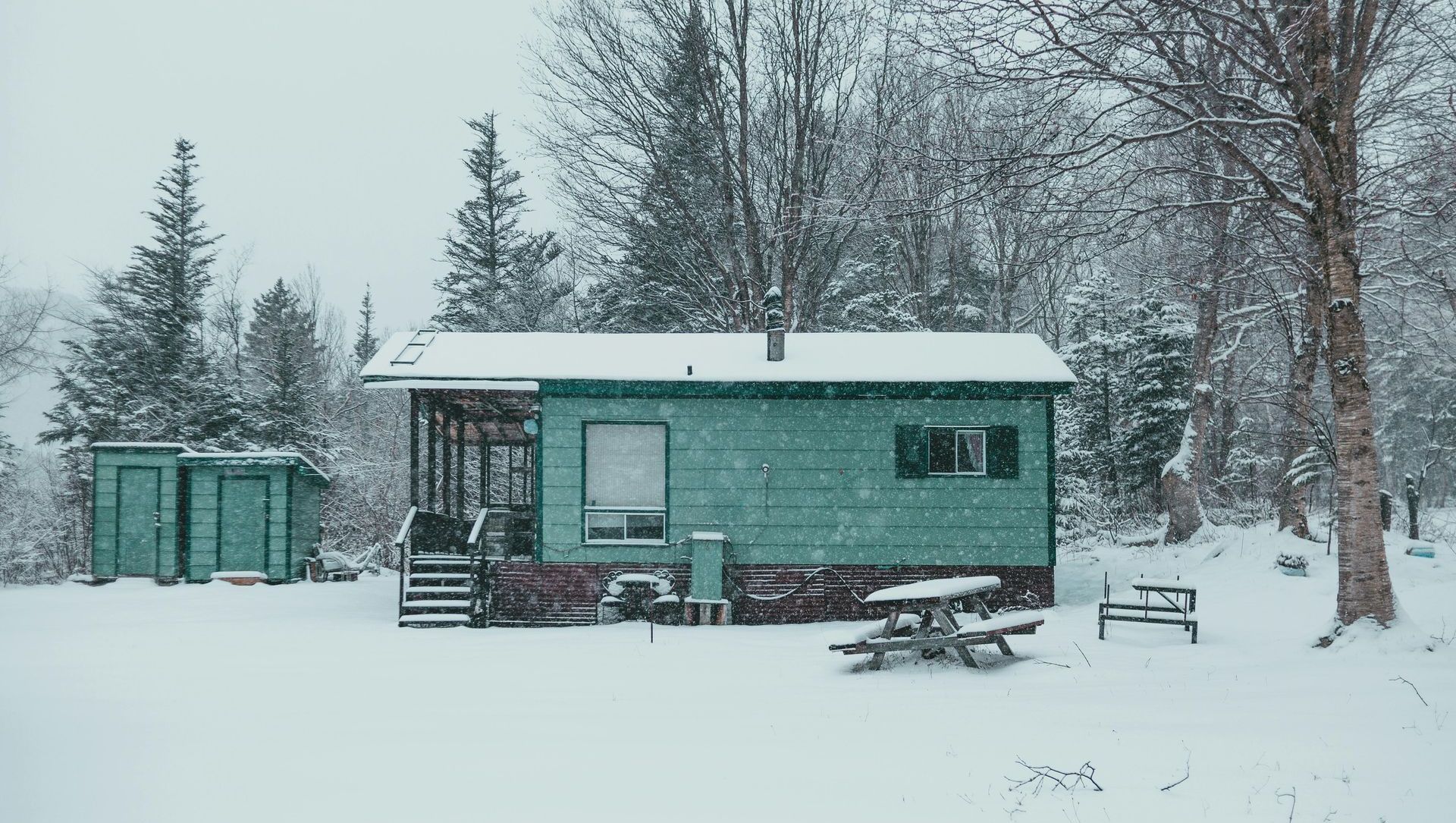
Schedule a Winter Readiness Assessment Today
Do not wait until the first snow to think about your trees. A proactive winter preparation plan can save you money, protect your property, and help your trees thrive in the seasons to come. The arborists at Midwest Tree Surgeons are here to help with expert guidance, precision care, and the experience needed to keep your trees safe and strong.
Contact us today to schedule your seasonal tree assessment before winter weather sets in.
